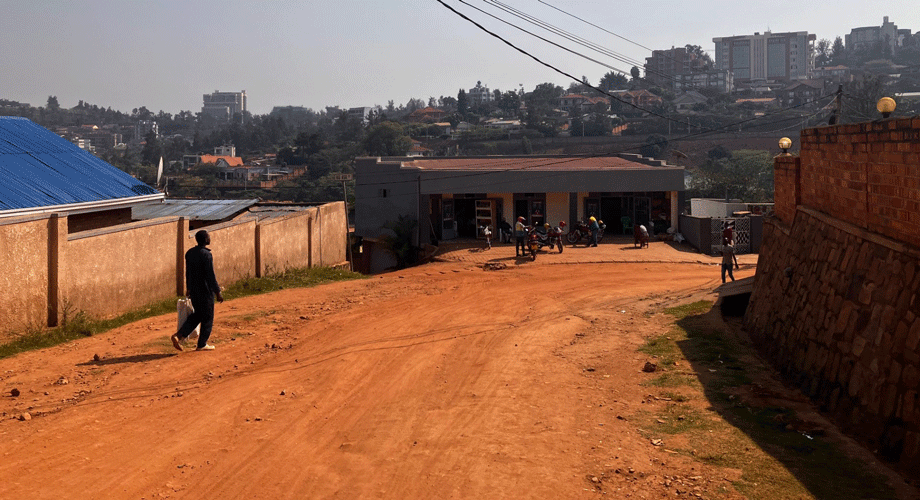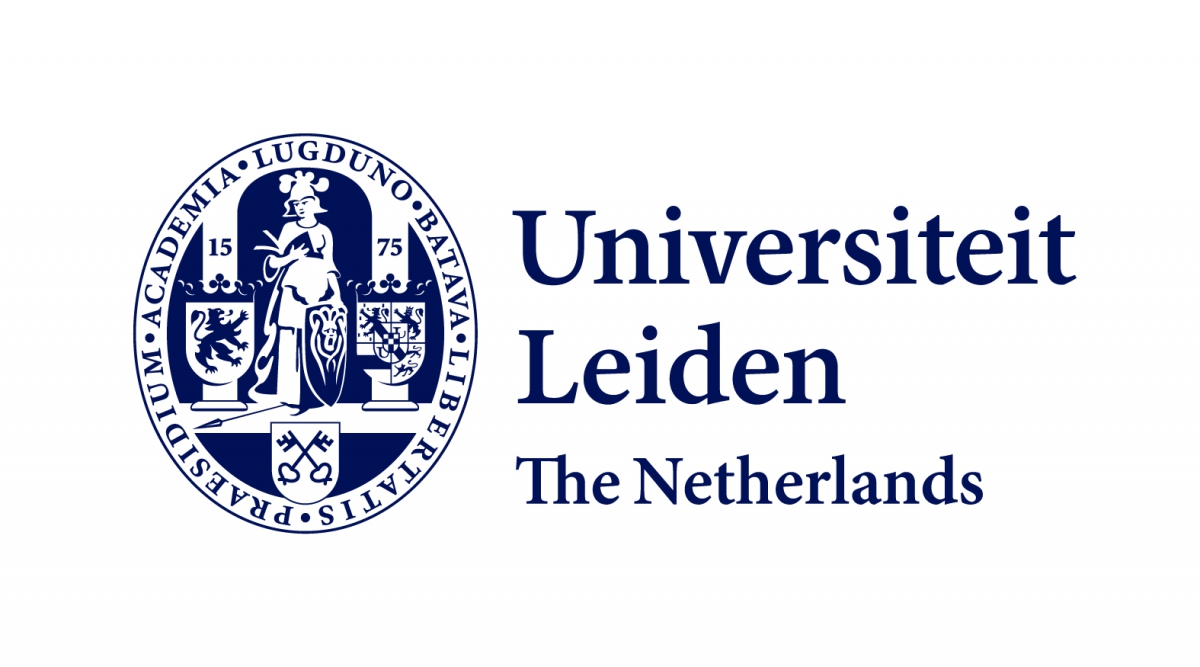Does peace demand war? Reflections and hope from Rwanda


Lidewyde Berckmoes is associate professor and senior researcher at the African Studies Centre Leiden. She investigates long-term and cyclical dynamics of conflict and peace in the Great Lakes Region, particularly Burundi and Rwanda.
In a new blog, Lidewyde Berckmoes reflects on Rwanda three decades after the genocide against the Tutsi. She explores the entanglements of peace and war in Rwanda and the Democratic Republic of Congo, asking: does peace demand war elsewhere, and can hope for future generations grow from past wounds?
Time to heal
I pass a young girl and her mother on the sidewalk, next to the shopping mall Kigali Heights. She smiles and shyly lifts her hand to wave at me. As I automatically mimic her gesture, I register my sense of surprise. In the past, Kigali’s sidewalks always left me with a lone and eerie feeling. Does the innocuous exchange with the young Rwandan girl reflect a transformation compared to the past?
The first time I walked on Kigali’s sidewalks was in 2005, barely ten years after the devastating genocide against the Tutsi. In 1994, over the course of a hundred days more than eight hundred thousand people were massacred in a country wide genocide that mainly targeted the Tutsi minority population. In 2005, I was in Kigali for only a weekend, and admittedly, came mainly to breathe different air after spending several months in a refugee camp in Tanzania. With a few friends, young western students and expatriates like me, we spent the days in Kigali enjoying dinners and dancing in the Cadillac, a famous club that later burned down. We also visited the impressive Genocide Memorial and ventured out onto empty streets only to find out it was Umugando, the obligatory community works for the country’s reconstruction and development – these still take place every last Saturday of the month. But the impression that stayed with me most, was the heavy feeling walking in the city’s streets, marked by the passing of strained faces that seemed to avoid eye contact. Did they notice our simultaneous presence?
The same image of strained faces were there when I visited Rwanda 10 years later, the first time for research purposes. The silence in the streets was mirrored in my conversations with people. Each carefully weighed their words to mind and remind about danger. And after barely a week, I felt I had absorbed the atmosphere’s dread into my own, now heavy body.
Since 2016, I have come to Rwanda multiple times for various research projects; about young refugees’ reproductive health, domestic teaching on peace and conflict, intergenerational trauma, and currently, intergenerational resilience. But change takes place gradually. And like with a child coming of age, you typically only note change sporadically. This year, it has been 31 years since the genocide against the Tutsi. In sociological terms, we can speak of a generation. And so I wonder, is the child waving shyly at me a sign of time healing wounds, even those of the most atrocious crimes imaginable?
Entanglements of war and peace in Rwanda and DRC
In 1994, the genocide against the Tutsi ended by the conquest and overtaking of power by the Rwandan Patriotic Front (RPF), the formerly Uganda-based movement that sought return through a civil war since the 1990s. The RPF, with its military organisation Rwandan Patriotic Army, consisted largely of Tutsi exiles who had fled the repeated outbreaks of mass violence in Rwanda since 1959. In 1994, it defeated the incumbent murderous regime, sending many perpetrators, along with other citizens, into neighboring Zaire (later, Democratic Republic of Congo, DRC). In the first years after the genocide, particularly along the Zairian border, violent attacks continued to threaten stability in Rwanda. Especially the Abacengezi war in 1996 and 1997 (or even until the year 2000)[1] is remembered as a time of hardship in the Rwanda’s West and North. Since then, Rwanda has successfully forged relative peace for several decades now.
The relative peace in Rwanda is in stark contrast with other conflict-affected countries in the Great Lakes region, including DRC. The eastern parts of DRC, arguably, can even lay claim to a full (sociological) generation of war. The violence in eastern DRC followed after the genocide in Rwanda, and developed into a regional war involving many countries in Africa. The first and second Congo wars took place between 1996 and 1999. Over time violence persisted in many parts of eastern Congo, with currently an estimated 120 rebel groups active. Yet arguably violence escalated when, since over a year, the rebel movement M23 started conquering large parts of the country. The territorial advancements with violence on their path reached international headlines when, early 2025, M23 attacked and took over the main cities Goma and Bukavu, home to millions of inhabitants.
It was not the first time for the rebel movement to seize Goma, but the takeover more than ten years ago was not as long lived. Then and now, Rwanda has been accused to support M23. While Rwanda denies their involvement, they simultaneously defend the position that they can never again let genocide happen, the movement being composed of mainly ‘Congolese Tutsi’. In addition, they argue, the Congolese government has failed to address the continued threat presented by armed groups born from the 1994 génocidaires in the region. Meanwhile, international analyses also point to the convenience of this righteous claim for Rwanda’s economic and geopolitical interests.
The relationship with the neighbour
In Rwanda, one doesn’t speak about war in DRC. Still carefully weighing words, one rather refers to ‘the relationship with the neighbour’, also in our research project which takes place along the Congolese border. In a recent speech by the Rwandan president Paul Kagame, he called upon the population to stand fierce and tighten the belt, instead of succumbing to the (neocolonial) pressures by international actors to withdraw support to M23. Rwanda’s leadership promotes this sense of pride consistently, agaciro, which is often welcomed and admired by many inside and outside the country.
In fighting accompanying the violent take-over of Goma, adjacent to Rubavu, fifteen Rwandan citizens and one Congolese were said to have been killed in Rwanda. Several houses were damaged and people and families close to the border temporarily fled to neighbouring districts in Rwanda’s West. Now half a year later, the war reverberates on daily life and projects in various ways: through the premature closure of internationally funded projects – because of sanctions –, including in areas of education and health, higher food and transport prices, and increased security measures, particularly in regions along the border. At the same time, some people we speak to say they feel more secure now that a friendly group has seized control across the border, as it were establishing a buffer zone that can help keep armed enemy groups and bandits at bay. Others involved in trade remark that these days it has become easier and cheaper to cross the border and trade in Goma, although not everybody agrees. The various viewpoints reflect the ambivalence of gains and some losses from Rwanda’s point of view, underscoring the unlikelihood of Rwanda to let go.
Time-space: Does peace demand war?
In a recent blog posted on Maastricht University website, philosopher Arthur Willemse reflects on Georgio Agamben’s writing about time-space in the context of war and peace. He argues that peace sometimes comes in the place of war, and other times is enabled by the endurance of war elsewhere. Willemse draws on Agamben to reflect on Europe’s role in contemporary genocide and war, particularly in Ukraine and Gaza. Pointing to the genocide unfolding in Gaza, he proposes that Israel (and their allies) feel an urge to complete the extermination soon: cynically, for peace to prevail again. The endurance of the genocidal violence would be inconvenient to the perpetrators and their supporters. In contrast, according to Willemse, Europe and the NATO need the war in Ukraine to endure for them to hold onto peace in their own territories. In the context of Rwanda and DRC, these reflections on war, peace and time-space make me think of similar ambiguities. When the genocide in Rwanda ended, violence was pushed across the border. More recently, the dust of the short-lived exchange of fire and bombs on the border between DRC and Rwanda in January 2025, has made place for what is experienced as a more settled, albeit sanctioned and armed, peace. At the risk of oversimplification, can we argue that the sense of more settled peace in Rwanda comes at the expense of war displaced; in DRC?[2]
These examples and lines of thought suggest that there are always winners and losers: those experiencing peace and those suffering in war. That peace somehow needs war. (If we look at the current worldwide securitisation and weaponisation fever, it seems that this belief is currently prevailing in many parts of the world.) If so, that would leave us all a cynical sense of realism.
From healing to hope?
During my stay in Rwanda, I try to gauge friends’, colleagues’ and interlocutors’ interpretations of the violence in their vicinity and in the world. When on one evening, I discuss these questions with a Rwandan intellectual friend, he points to another gradual change that I had not yet remarked. Still weighing words carefully and saying most between the lines, he tells that while in the past attention went to the victims, those without voice – ‘Palestinians are without voice now’ – today attention is increasingly directed at the perpetrators: ‘The ones who make war, who perpetrate genocide, find themselves increasingly in a defending position’. While he describes the situation in Gaza and role of Israel in more detail, he suggests that even in Rwanda this nuance is visible. People who experienced war and genocide here, he tells me, have stopped believing in violence as a solution.
‘We live with the legacy of the genocide every day. Even for the children who come after: it is very, very difficult, Lide. Whole population groups are associated and stained by the stigma of perpetrators. Lide, people know that war causes much harm: to victims, perpetrators and those who come after.’
To him it is inevitable that at some point, the world will understand, and will cease to start war and genocide. And while I am not yet convinced, his take gives me hope for future generations.
[1] Otake, Y. (2018). Community resilience and long-term impacts of mental health and psychosocial support in northern Rwanda. Medical Sciences, 6(4), 94.
[2] For diverse perspectives on the origins of the Congo wars, see for instance: Clark, J. (2002). The African stakes of the Congo war. Springer.
Photo: Kigali, 2025. Copyright: LH Berckmoes.
Would you like to comment? Please do! The ASCL reserves the right to edit, shorten or reject submitted comments.


Add new comment